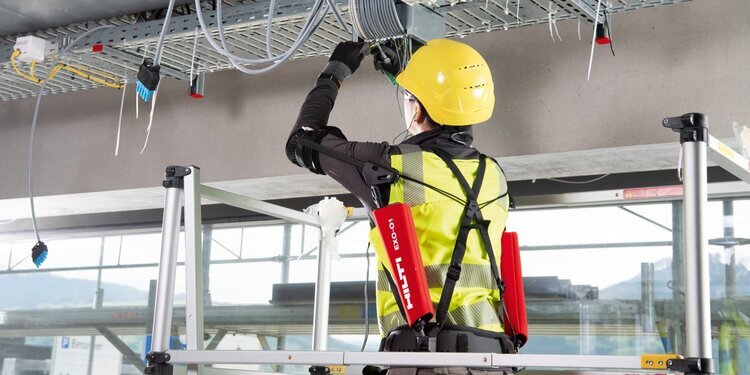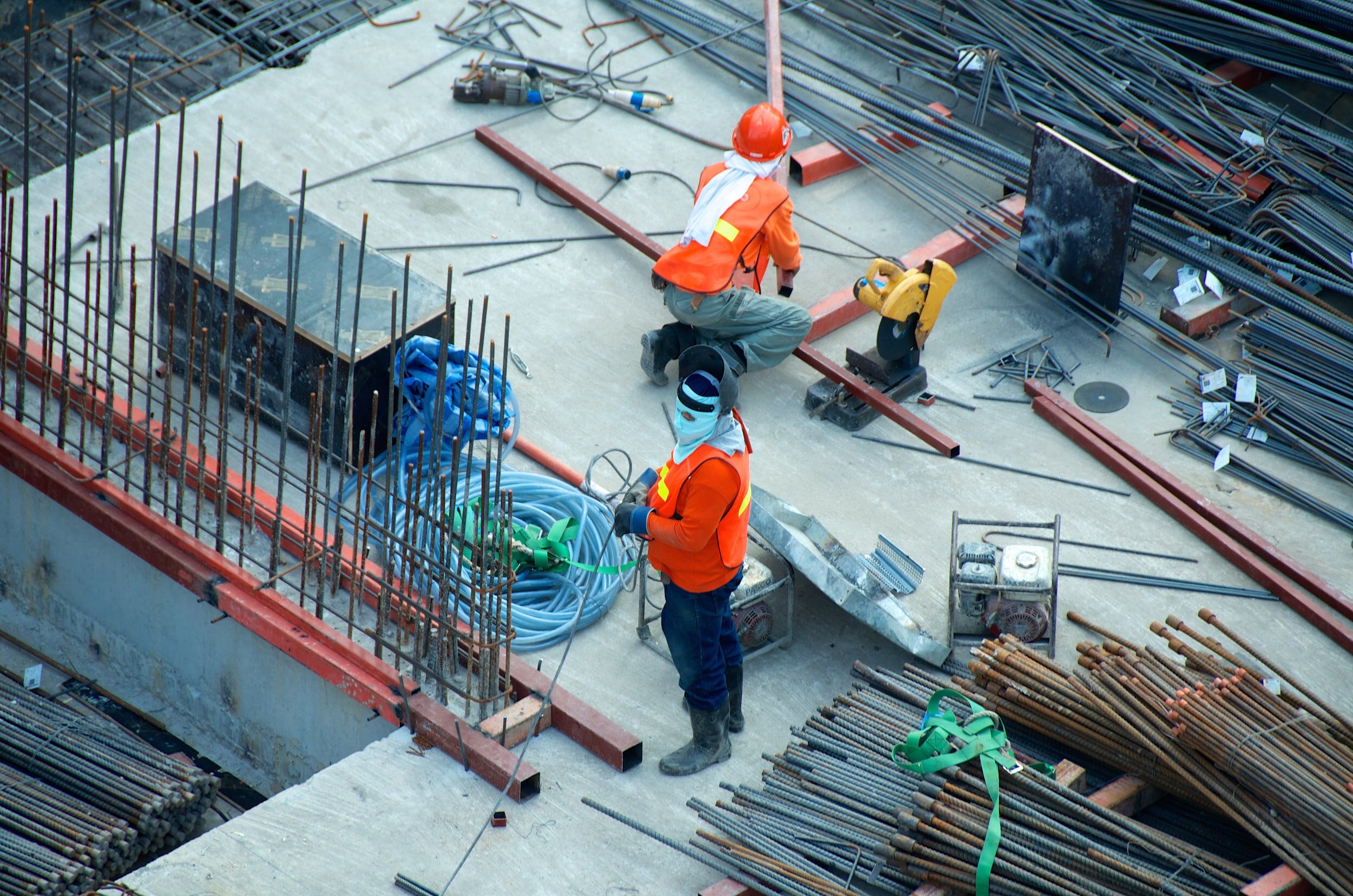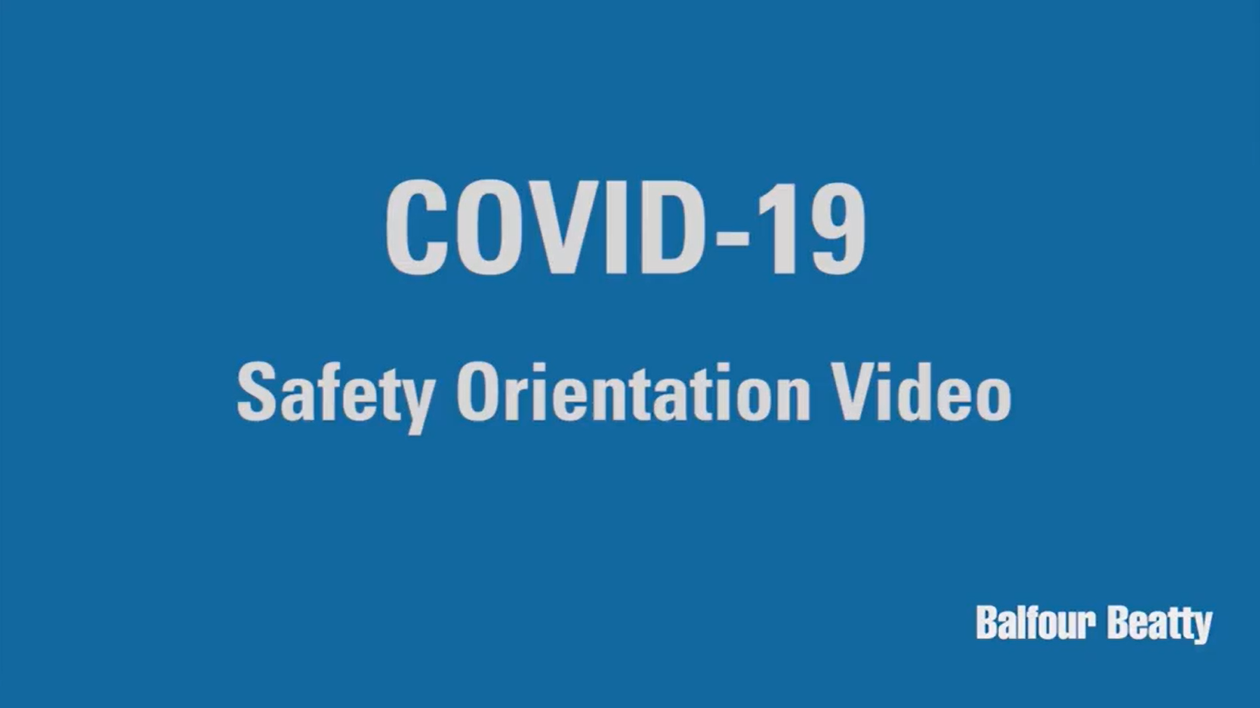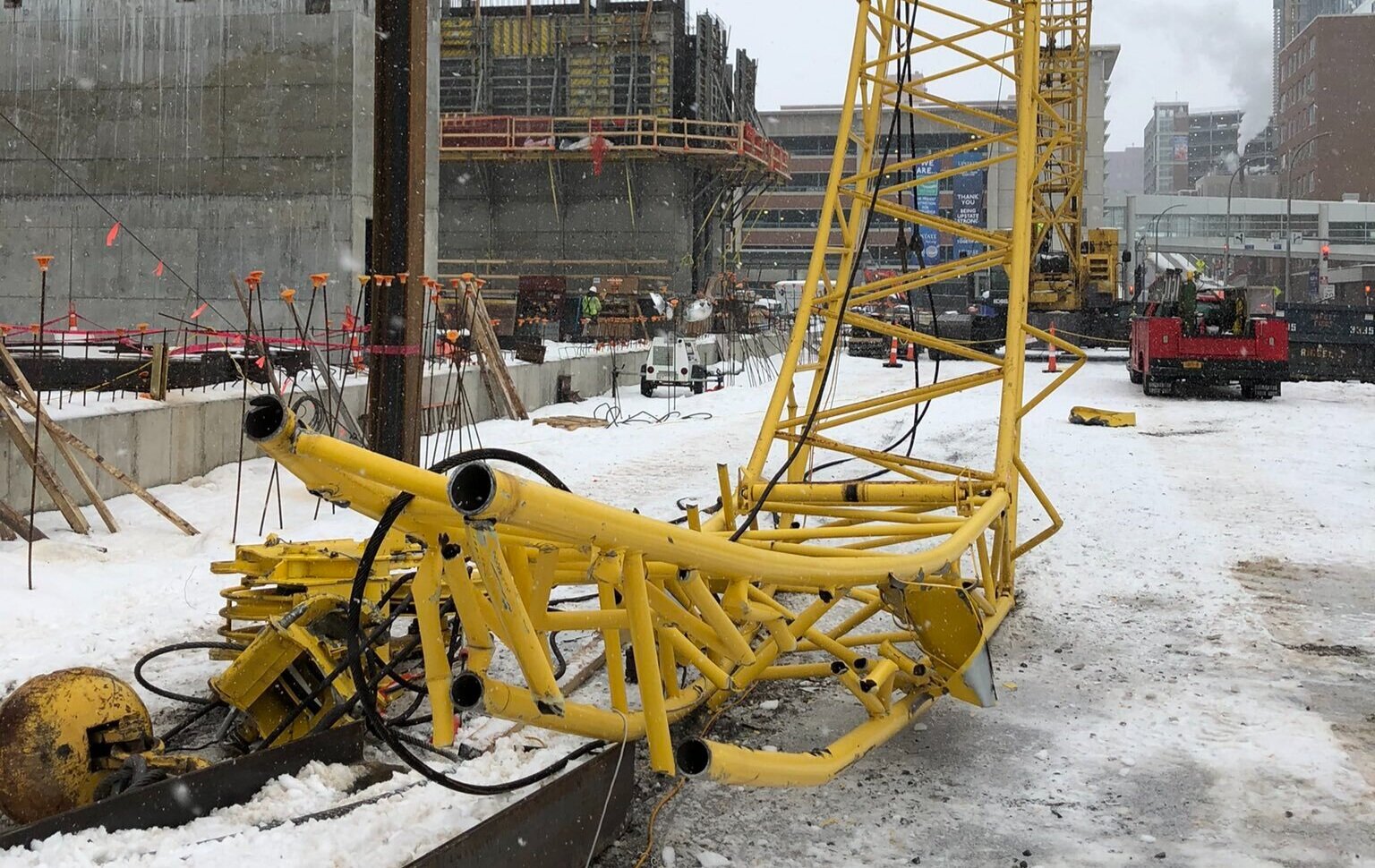According to the Environmental Protection Agency (EPA), there are over 500,000 underground storage tanks (USTs) in the United States that contain petroleum or other hazardous substances. The materials held in many USTs are dangerous to the earth and to humans if they are released from the tank, as the substances can contaminate the water system and release high levels of flammable gases into the air.
History of USTs
In 1984, the United States enacted regulations to prevent the possibility of storage tanks leaking in the future and the EPA set requirements for the design of the tanks. These regulations required leak detection and overfill control on all USTs. Before 1984, however, there were little to no regulations and many USTs are undocumented, making it possible for contractors to run into one of their job site without knowing it. Phase 1 reports will detect many USTs through research and on-site assessments, but many still slip through the cracks
What to Do if You Find a UST
Unfortunately, if you don’t know that a UST is on-site, the most common way to find them is with heavy equipment during excavation, which creates a higher probability that the tank will be damaged. As soon as the tank is found, you should halt all work in that area and assess the situation. If you think a leak is even remotely possible, the EPA recommends that you:
- Immediately try to stop and contain the leak
- Call your state of local regulatory authority. The contacts for each state can be found by clicking here. All releases must be reported within 24 hours of discovering the leak. Note that petroleum spills of less than 25 gallons, if properly contained and cleaned up, do not need to be released.
- Contact the local fire department to help you determine whether or not there is an immediate threat to human health, such as explosive vapors or other fire hazards.
- Test the entire UST system for “tightness”
- Determine if there are any other possible sources or presence of contamination on the site
- Remove the UST from the site to prevent further contamination or hazardous situations
- Recover any leaked substances, such as petroleum floating on the water table. The EPA requires that you report your progress no later than 20 days after the initial discovery of the leak.
- Order site studies to determine if the UST leak has damaged or could damage the environment. A phase II site assessment by your job’s environmental consultant is a good place to start.
- Develop and submit a Corrective Action Plan. After all the above steps are taken, the regulatory authority that you contacted at the beginning will determine whether or not this plan is required or not.
Underground Storage Tanks | US Environmental Protection Agency
What Do I Do About UST Releases? | US Environmental Protection Agency












